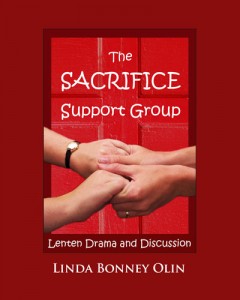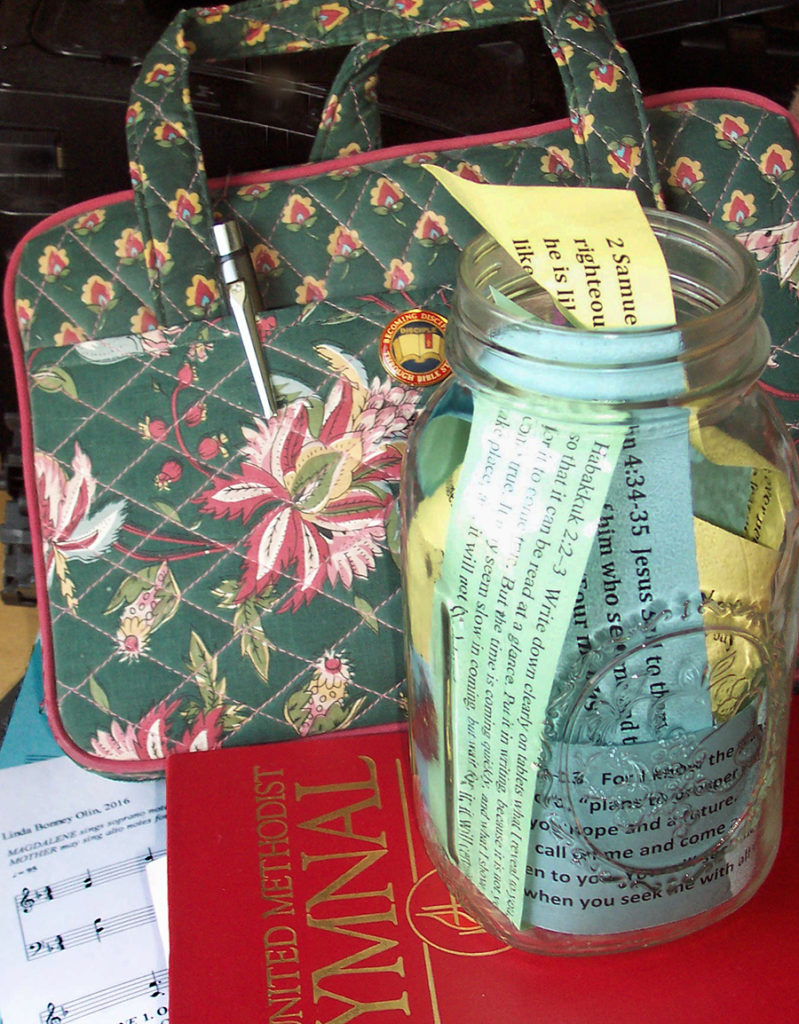
A special greeting to The Upper Room readers who are visiting Faith Songs for the first time. Welcome!
They read the Book of God’s Teachings clearly and explained the meaning so that the people could understand what was read.
—Nehemiah 8:8, GW
I’m delighted to have a meditation, “Store Up God’s Word,” published today (May 21, 2016) in The Upper Room, which is my church’s daily devotional guide. It has numerous editions translated for a worldwide audience. It’s also the resource I favor for my personal devotion time.
Don’t subscribe to The Upper Room? No problem. They post the daily devos online. Check out the related pictures on Link2Life and my guest post on the blog, too. Please leave a comment, if you’re so inclined. I’d love to know what your favorite scripture verses and hymns are. If you look closely at the photo above, you might spot a few of my favorites peeking out of the canning jar.
(After May 21, my devo will be archived on the Upper Room website. You can still find it, by entering my name in the Search box. You’ll need to sign in before you can post a comment or read the whole of an archived devo, but signing up is a free formality.)
Off the shelf and onto my plate
“No one lights a lamp and puts it under a bowl; instead it is put on the lampstand, where it gives light for everyone in the house.”
—Matthew 5:15, GNT
In my guest blog post, I mentioned that the Lord has assigned me to serve up the encouragement, guidance, and challenge I’ve stored up from his Word. Lots of people are hungry for it, that’s for sure. So, my Holy GhostWriter has kept me busy, cooking up Bible studies, Bible-based dramas, and new hymns.
Right now, I’m working on two book projects:
- Were You There When They Crucified My Lord will be an informal Bible study inspired by the traditional spiritual of that name. Each session will focus on different individuals or groups who were present at the events surrounding Jesus Christ’s crucifixion—or conspicuous by their absence. New songs (a mix of group, solo, and duet) will help explore the spotlight characters’ experiences.
- My second book of hymns and faith songs will offer sheet music and a scripture index for 60-80 of the new texts (AKA lyrics) I’ve written in the past several years. Most will be congregational hymns, all set to existing tunes. I’m also considering adding a section of “specials”: pieces that are better suited to a soloist or an SATB ensemble.
As you can imagine, formatting that many scores, laying out pages, and creating scripture indexes for a hymn book is a massive undertaking. I couldn’t persevere through these tedious and hair-tearing tasks without my posse of prayer warriors. ♥ Please join them, holding me and my work in your prayers.
And if you’d like to be notified by email when my upcoming books are released or one of my hymns is published in another hymnal (I’m thinking positive here!) or other news happens, please use my contact form to request that.
Six years to simmer
Woe to those who say, “Let him make haste,
let him speed his work that we may see it;
let the plan of the Holy One of Israel hasten to fulfillment,
that we may know it!”
—Isaiah 5:19–21, NRSV
Short meditations are a wonderful way to share the riches of God’s Word, but writing them requires plenty of perseverance, too. Getting my first piece onto a page in The Upper Room has been a long-term effort—six years, to be exact!
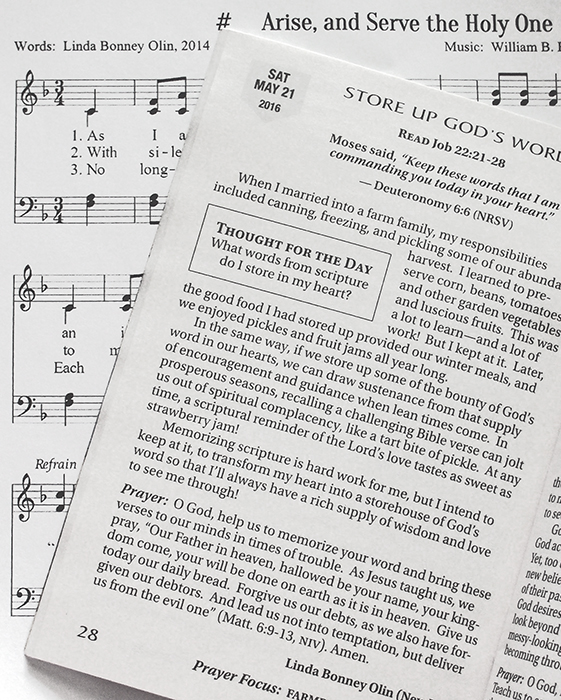 My first submissions were handed back to me faster than an order of soda and fries. Then a few survived a little longer in the evaluation process. Then one made it all the way to the final round (yay!) before being axed (boo!).
My first submissions were handed back to me faster than an order of soda and fries. Then a few survived a little longer in the evaluation process. Then one made it all the way to the final round (yay!) before being axed (boo!).
I reworked the rejects and sent the new and improved versions to other devotional publications. Most of them found a home at Judson Press’s daily devo magazine The Secret Place (“Never Out of Sight” is coming up on June 17 in the Summer 2016 issue) and Penned from the Heart. Meanwhile, I kept honing my writing skills and submitting new work to The Upper Room.
Finally, good news arrived: “Store Up God’s Word” was accepted for publication.
Grab your spatula—er, pen
How beautiful on the mountains are the feet of those who bring good news, who proclaim peace, who bring good tidings, who proclaim salvation, who say to Zion, “Your God reigns!”
—Isaiah 52:7, NIV
Want to try your hand at serving up devotions to the world? Scope out the writers guidelines at The Upper Room and other devotional magazines that appeal to you. You often can find them by Googling the magazine title or its publisher’s name plus “writers guidelines” or “submission guidelines” in quotes. If you can attend a writers conference where a devotions editor is holding a workshop, jump at the chance. A representative of The Upper Room I met at Montrose Christian Writers Conference offered extremely helpful presentations and individual critiques.
The beauty of serving up our stored-up scriptures, in whatever form the Lord assigns you, is that the supply remaining in storage never diminishes! All the verses we open and share are still ready to use when our own need arises, perfectly preserved and just as fresh as the day God inspired them. Thank you, Lord!
Bon appétit!
Linda

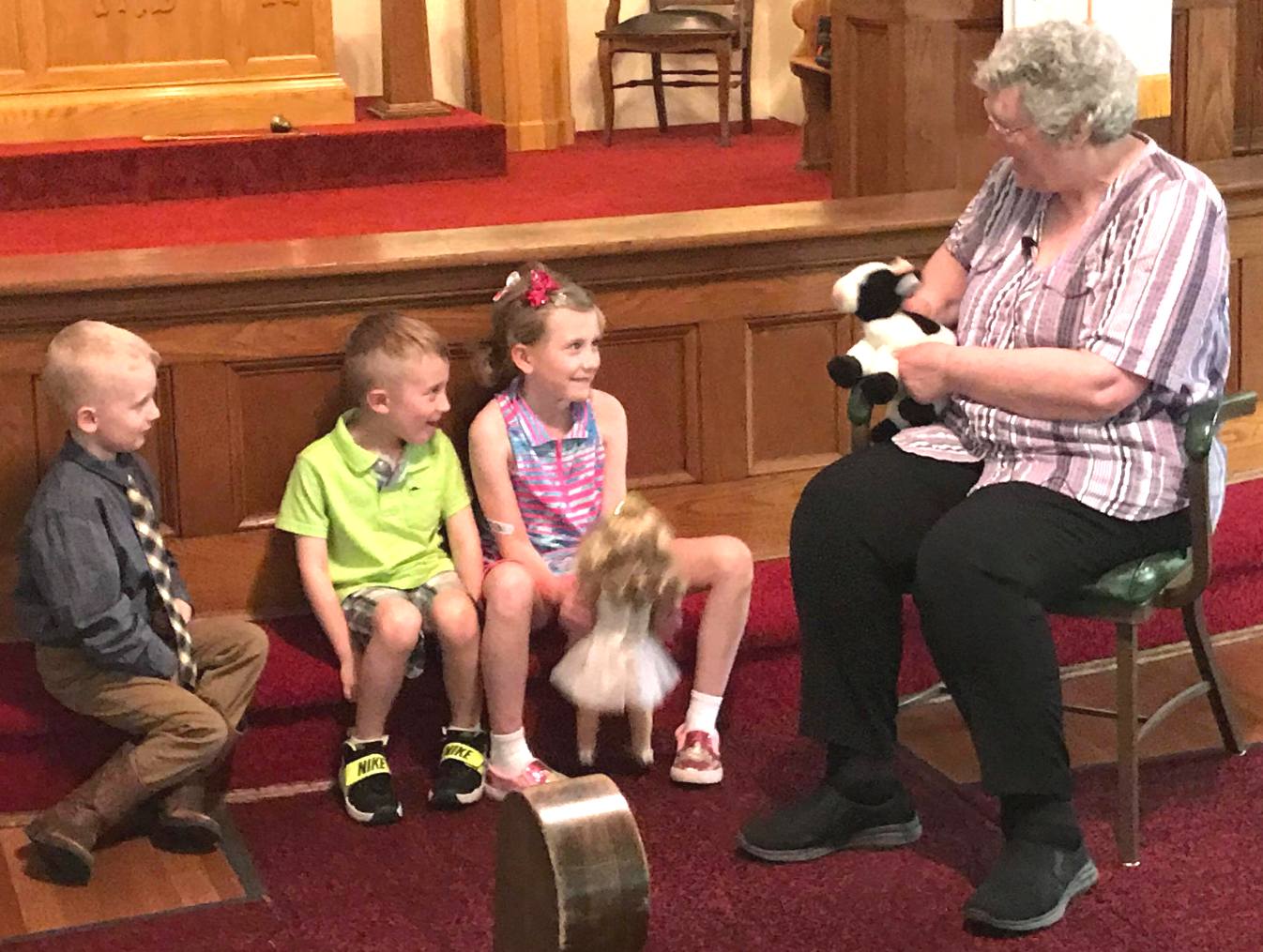 Fixating on my puppet was partly due to nervousness. My nerves are always on high alert when I conduct services as a lay speaker. Children’s Time is the biggest fear factor of all. Let’s face it, little kids flummox me. My own kids flummoxed me (still do, in their thirties!). Other people’s kids flummox me even more. So I was wound up tight as a tick, sitting in the hot seat facing three attentive children.
Fixating on my puppet was partly due to nervousness. My nerves are always on high alert when I conduct services as a lay speaker. Children’s Time is the biggest fear factor of all. Let’s face it, little kids flummox me. My own kids flummoxed me (still do, in their thirties!). Other people’s kids flummox me even more. So I was wound up tight as a tick, sitting in the hot seat facing three attentive children.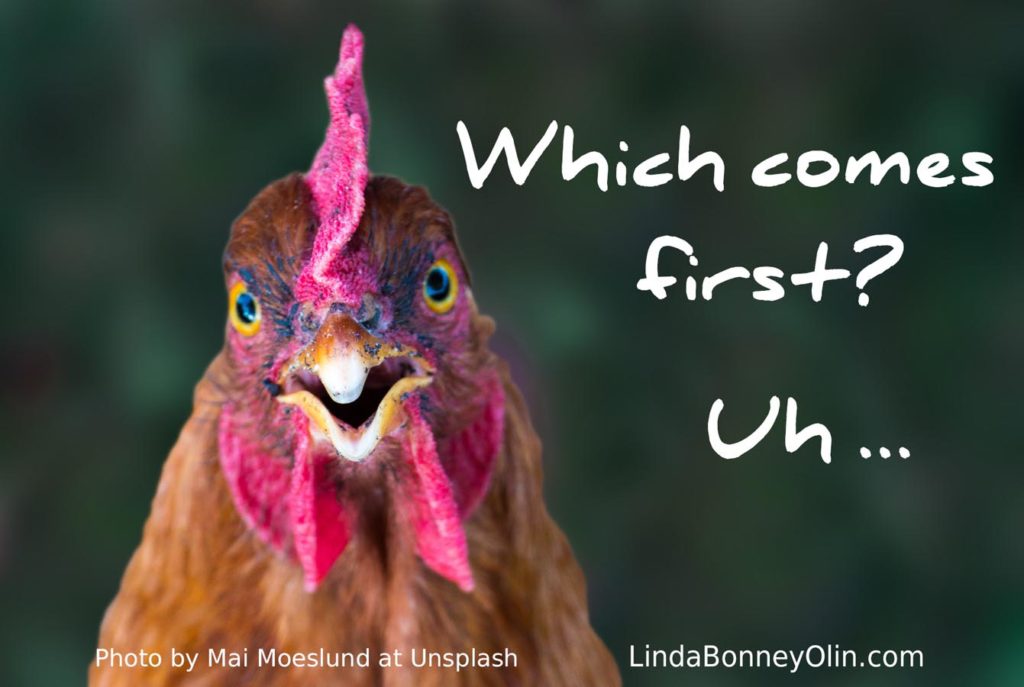



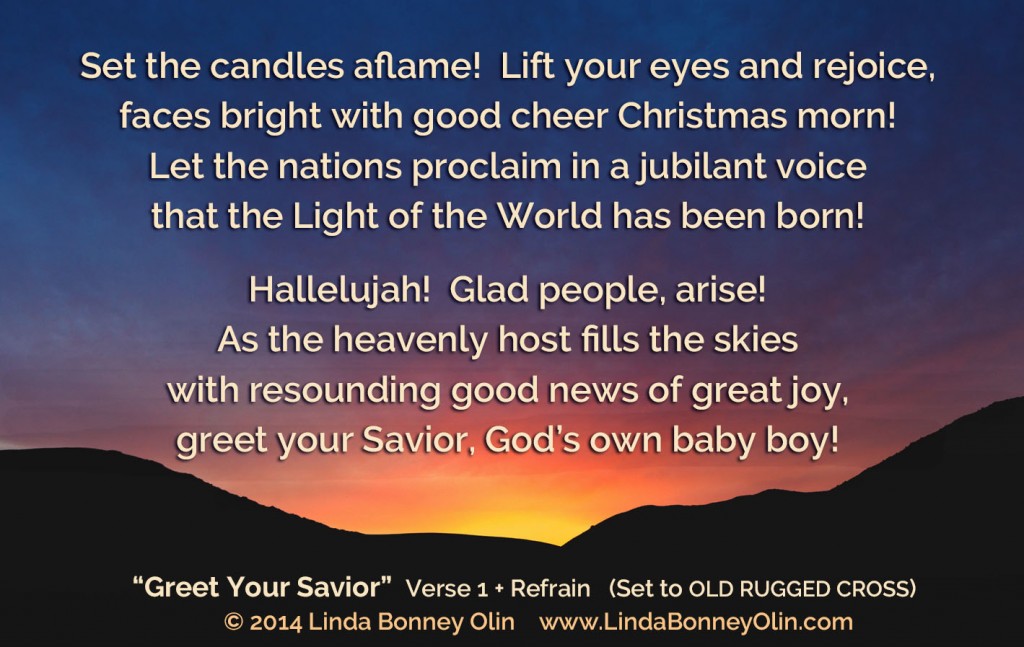
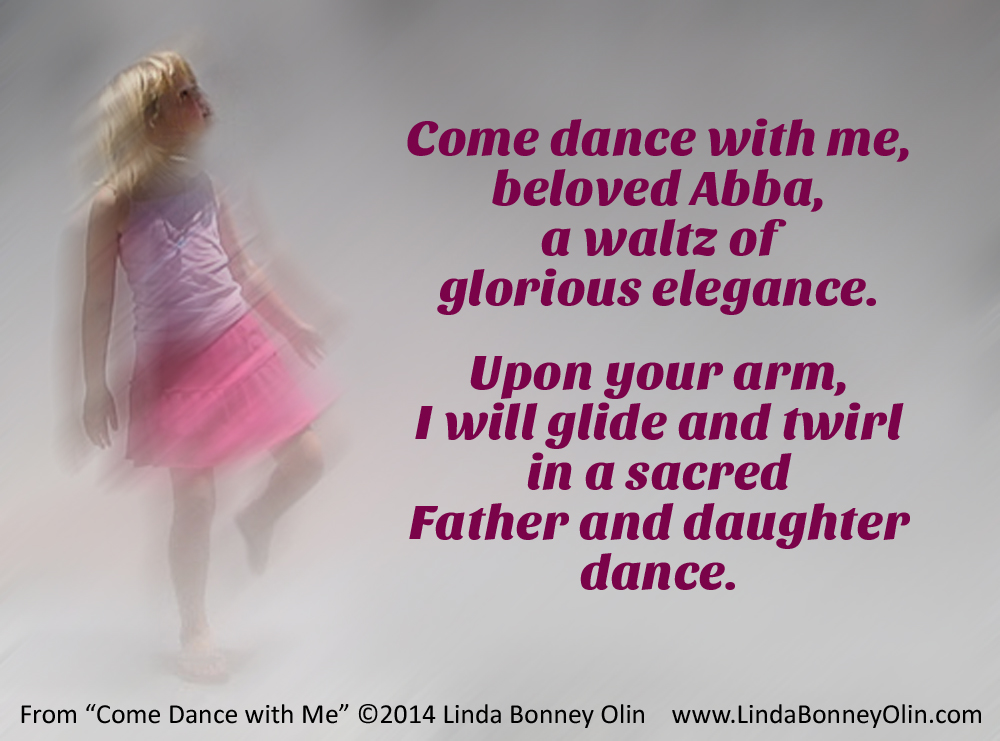
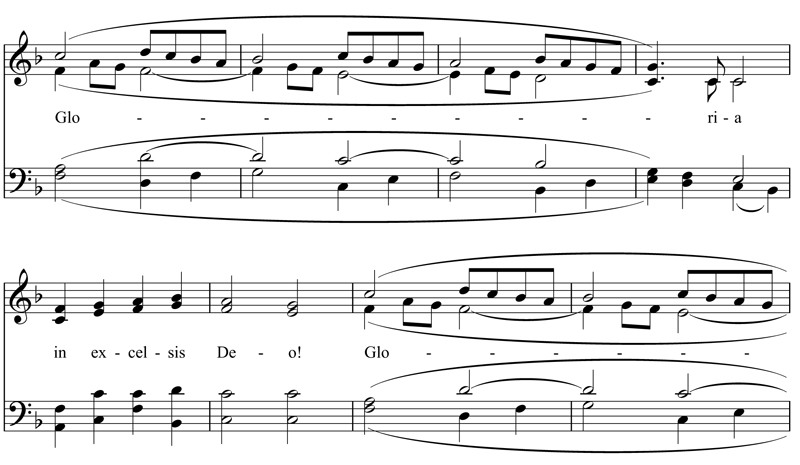 Ever notice all the hyphens in your hymnal? I pity the guy who had the job of putting them there!
Ever notice all the hyphens in your hymnal? I pity the guy who had the job of putting them there!
